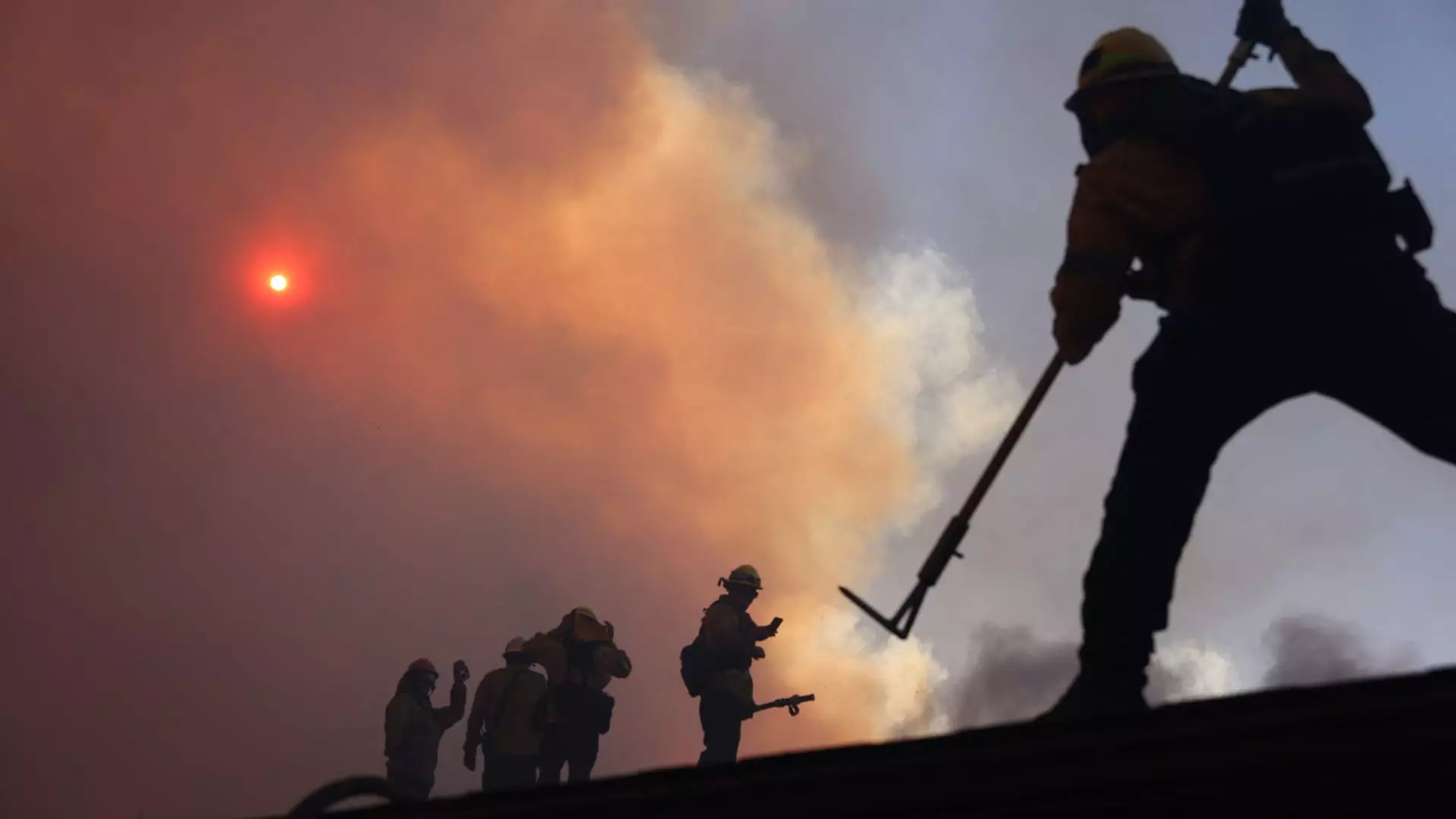Southern California is currently grappling with an environmental catastrophe as massive wildfires ravage the Los Angeles area. As the flames consume substantial swathes of land, the human toll continues to escalate. Reports indicate that at least five lives have been lost, displacing over 100,000 residents and resulting in the destruction of nearly 2,000 homes and businesses. The devastation is palpable not just in the immediate vicinity, but the ripple effects are felt across the nation and beyond. This tragedy has prompted a wave of generosity, with individuals clamoring to send financial aid and emergency supplies to those in desperate need. Nevertheless, this goodwill comes at a cost; the landscape of charitable donations is increasingly marred by fraudulent schemes that seek to exploit the misfortunes of others.
In the chaotic aftermath of a disaster, it is crucial for potential donors to be vigilant. With the surge in donations often comes an uptick in fundraising scams, which seek to siphon funds from well-meaning supporters. Organizations such as Charity Navigator emphasize the importance of directing contributions toward legitimate entities actively engaged in relief efforts. According to Michael Thatcher, CEO of Charity Navigator, “We’ve vetted the organizations that are there. These are all outstanding.” This statement underscores the necessity of doing due diligence before parting with your hard-earned money, ensuring that it reaches the victims and communities affected by the wildfires.
A variety of nonprofit organizations are on the front lines, providing critical resources and support to wildfire victims. Charity Navigator has compiled a list of highly rated nonprofits that have proven track records in relief and recovery endeavors. Among these are the American Red Cross, Baby2Baby, and the California Community Foundation, which have dedicated their efforts to mitigating the hardships faced by affected individuals. These organizations not only deliver immediate aid but also support first responders working tirelessly in perilous conditions. However, while these charities have earned high marks, it is prudent for donors to be cautious. Even established groups may lack specific experience in dealing with wildfire recovery.
When disaster strikes, Laurie Styron, CEO of CharityWatch, advocates for a thoughtful approach to philanthropy. “It’s best to donate to a highly efficient and experienced charity versus to an individual crowdfunding campaign,” she asserts. The rationale here is straightforward: established charities typically have the infrastructure and expertise necessary to distribute aid equitably. In her words, “Take your time to confirm that a charity is not only legitimate and efficient but is actively providing aid on the ground.” This advice is critical in a fast-paced digital world, where emotional impulses can lead to regrettable decisions.
Safeguarding Your Contribution
As fraudulent fundraising activities proliferate during crises, the call to action for donors is clear: be proactive, not reactive. Thatcher elaborates on this need for careful navigation: “Rather than follow a link in a text, email, or on social media, go directly to a charity’s website or utilize resources such as Charity Navigator or the BBB Wise Giving Alliance.” This prudent approach offers both safety and legitimacy, ensuring that contributions make a tangible impact in the lives of those affected by the fires.
In the shadow of devastation, the spirit of generosity shines brightly across communities. Yet, as the landscape of charity evolves during times of crisis, it is essential to approach donations with caution. By prioritizing reputable organizations that are engaged in direct relief efforts, donors can play a pivotal role in rebuilding efforts. Additionally, being informed about potential scams can protect both the integrity of individual contributions and the livelihoods of those in need. Ultimately, a thoughtful and cautious approach to giving can transform a tragic circumstance into an opportunity for renewal and hope.

